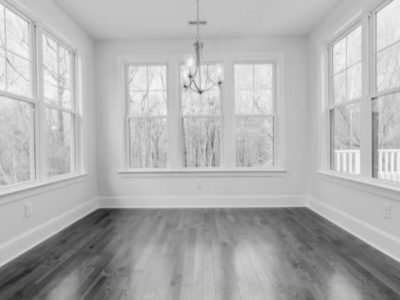There is a perceived wisdom that private rental landlords are in a really good position. The rental market is healthy – last year, Savills estimated that the average tenant household was now spending 35.3% of their income on rent, a 2.3% increase on the previous year – and there’s no sign of private rental prices falling.
But all may not be as auspicious as it seems.
The pressure on UK landlords continues.
While there’s no denying that landlords are in a more privileged position than their tenants, they are not without their difficulties. As the cost-of-living crisis has pushed mortgage rates up, many are facing the financial burden of covering the costs of multiple homes – the ones they lease as well as their own. And few have the financial wherewithal to absorb these extra costs simply.
Additional expectations
On top of increasing financial pressure, landlords are also facing a range of additional expectations from their tenants. While the government has backtracked on its Energy Performance Certificate (EPC) legislation, many tenants still demand better efficiency from their rental properties, leaving cash-strapped landlords struggling to access the funding they need.
The problem of funding in the private rental market
In August 2023, The Telegraph reported that banks were ‘rewriting the rules on buy-to-let’, making it ‘barely possible [for landlords] to keep properties [they] already owned,’ and closing traditional funding routes.
The private rental market is in a precarious position. It is relied upon by millions. And if steps aren’t taken, we may see a mass exodus of landlords. Finding alternative financing options for improvements could provide some relief for landlords while providing better living conditions for tenants.
David Rabee, co-founder of Factored

























Comments